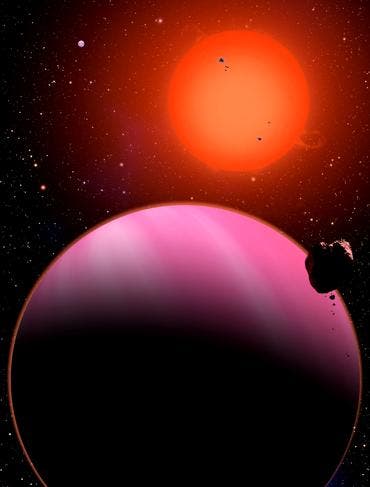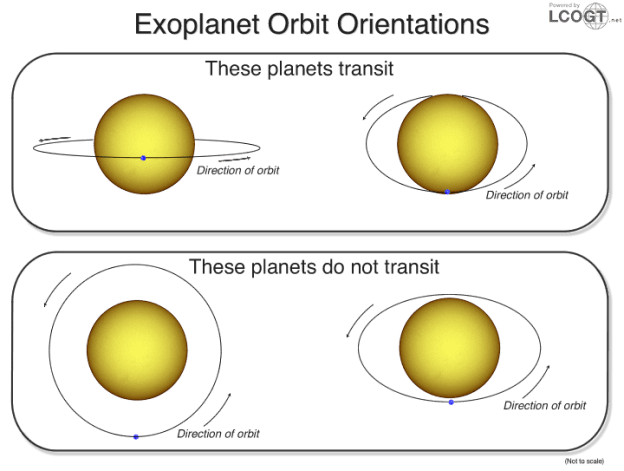Astronomers have discovered water vapor in the atmosphere of a new exoplanet – a planet from outside our solar system – roughly the size of Neptune, orbiting a star 124 light-years away. This is the first time water vapor has been found on an alien planet smaller than Jupiter. The discovery is set to improve scientists’ understanding of how planet forms and which planets may be best suited to support alien life.

The smallest alien planet with water
“Water is the most cosmically abundant molecule that we can directly observe in exoplanets, and we expect it to be prevalent in the upper atmospheres of planets at these temperatures,” lead author Jonathan Fraine said.
The exoplanet, called HAT-P-11b, was found using data collected by the Hubble Space Telescope, Spitzer Space Telescope and Kepler spacecraft, the international team of astronomers. Typically, astronomers never image planets directly, but instead study the light and wobbles emitted by distant stars, some even millions of light years away, through a technique called the transit method. Basically, as a planet passes in front of its star in our plane of observation, it affects the incoming light that reaches us. By studying which frequencies get absorbed and how much of the light gets blocked by the exoplanet can infer a number of properties about it, like mass, size and orbital period.

The exoplanet is found in the constellation Cygnus, about 124 light-years from Earth. The planet, roughly four times the size of Earth, it orbits at only one twentieth the distance between Earth and the Sun, making the trip once every five days. Because of its close proximity, the planet’s surface can reach temperatures as high as 1,120 degrees Fahrenheit, making life impossible.
To study the chemical makeup of the exoplanet’s atmosphere, a technique called transmission spectroscopy is employed. Different molecules, such as water,produce different spectra by absorbing different wavelengths of the star’s light as it passes through the planet’s atmosphere. Observations suggested that indeed the planet’s atmosphere contained water vapor, but to be sure they weren’t actually picking up signals of water in relatively cool starspots on the host star, the researchers used visible-light observations from Kepler and infrared observations from Spitzer. The data suggests the hotspots are too hot to support water and confirmed the finding, making HAT-P-11b the smallest planet found so far to support water.
“This discovery is a significant milepost on the road to eventually analyzing the atmospheric composition of smaller, rocky planets more like Earth,” said John Grunsfeld, assistant administrator of NASA’s Science Mission Directorate in Washington, D.C.
Water vapor has traditionally been found in larger, gassier giants as large or larger than Jupiter since smaller planets typically contain little hydrogen, suggesting a hazy atmosphere that is very difficult to study. Besides water, HAT-P-11b has plenty of hydrogen in its atmosphere which made observations easier.
“In the long run, if we can detect water, methane, carbon monoxide, carbon dioxide, etc., in dozens to hundreds of exoplanet atmospheres of various bulk properties, then we will be able to paint a much clearer picture of how planets form, and, likewise, how Earth formed,” lead author Jonathan Fraine, a graduate student at the University of Maryland, told Space.com. “This was just one of the beginning brush strokes to painting the full picture of how planets, as well as ourselves, were formed.”
The researchers — a international team consisting of astronomers from Maryland, California and Seattle as well as the United Kingdom, Chile and Switzerland — published their findings in the journal Nature on Wednesday.






